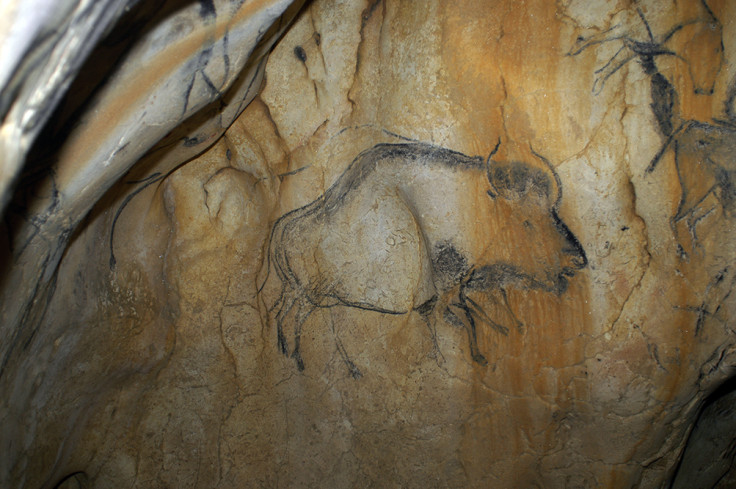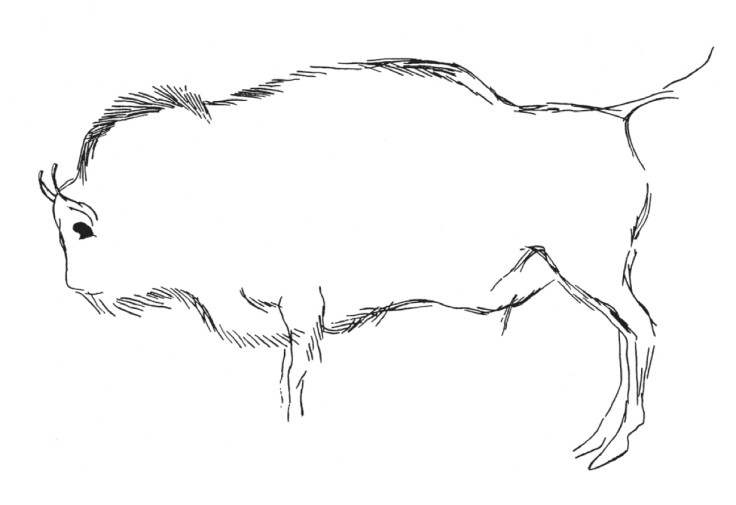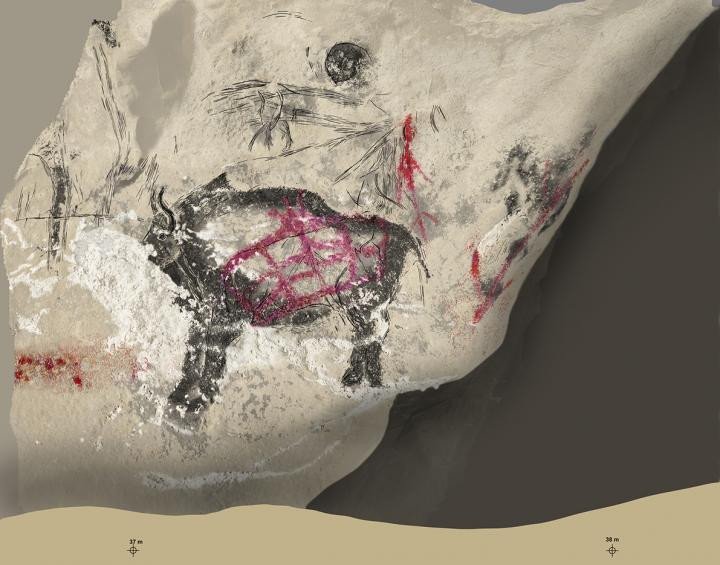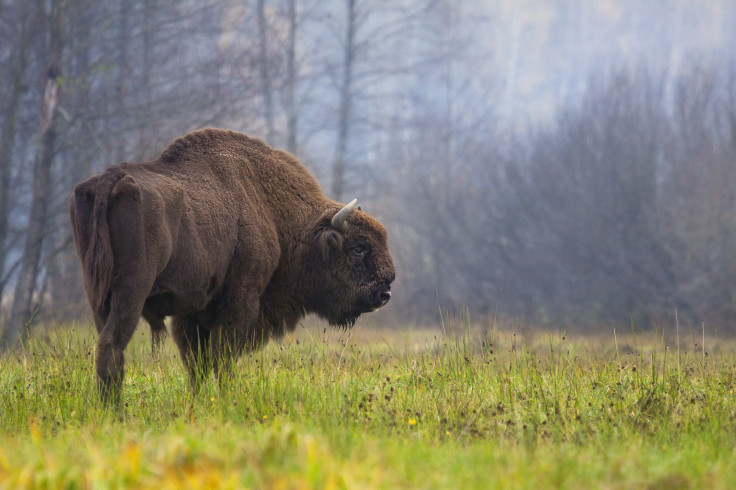Ancient cave art reveals mystery hybrid species that gave rise to modern European bison
Combined findings from DNA records and prehistoric cave-art allows researchers to retrace the elusive bovine footsteps.
The ancestors of European bison – or of modern domestic cattle – appeared 120,000 years ago as the result of an hybridisation between the extinct steppe bison and aurochs, scientists have said. The evolutionary history of today's species had remained elusive for some time, however, combined findings from DNA records and prehistoric cave art allows researchers to retrace their footsteps.
Today, the European bison can be found in some protected reserves, and along with the American bison, is one of the few terrestrial species to have survived the late Pleistocene extinction events (11,000 years ago).
However, a gap in the fossil record before the early Holocene – shortly after the disappearance of the steppe bison – makes it difficult to understand how the cattle emerged. Up to now, the European bison seemed to appear suddenly around 11,700 years ago with little known about its origins due to a lack of older fossils.

Scientists from the University of Adelaide, aided by researchers from the University of California (Santa Cruz), Polish bison conservation researchers and paleontologists across Europe and Russia came up with an original approach to solve the mystery of the European bison's origins.
In a paper, published in the journal Nature Communications, they explain how they used radiocarbon-dated bones and teeth belonging to ancient bison who existed before the European bison were found in caves across Europe. They then confirmed their results by comparing them with cave art from the same period.
How DNA and art can reveal a mysterious species
The researchers studied the ancient genomes of 64 late Pleistocene / Holocene bison – not steppe bison or aurochs. Up to now, they were not quite sure if these fossils constituted a distinct species.
They analysed mitochondrial DNA as well as nuclear DNA which they retrieved from fossilised bones and teeth. The genetic signal they identified appears to be different from that of aurochs and steppe bison, but also from European bison. This particular species appeared to have lived in Europe for thousands of years, alternating over time with the steppe bison, which had previously been considered the only bison species present in Europe at the time of the late Ice Age.

Further genetic analysis suggests that it is the product of hybridisation between steppe bison and aurochs more than 120,000 years ago, and that it contains up to 10% aurochs genomic ancestry. This process of hybridisation, as it turns out, was recorded by our own ancestors in their artworks.
"The dated bones revealed that our new species and the Steppe Bison swapped dominance in Europe several times, in concert with major environmental changes caused by climate change," says lead author Dr Julien Soubrier, from the University of Adelaide. "French cave researchers told us that there were indeed two distinct forms of bison art in Ice Age caves, and it turns out their ages match those of the different species. We'd never have guessed the cave artists had helpfully painted pictures of both species for us."
Cave paintings from before 18,000 years ago depict bison with long horns and large forequarters – a characteristic of the steppe bison. In contrast, those painted around the time the European bison appears in the fossil record are depicted with shorter horns and small humps.

This is evidence of the diversity of ancient bison species and the fact they mixed, giving birth to the hybrid species depicted in art which paved the way for the emergence of the European bison. "Once formed, the new hybrid species seems to have successfully carved out a niche on the landscape, and kept to itself genetically," concludes the other study leader Alan Cooper. "It dominated during colder tundra-like periods, without warm summers, and was the largest European species to survive the megafaunal extinctions".

© Copyright IBTimes 2025. All rights reserved.






















